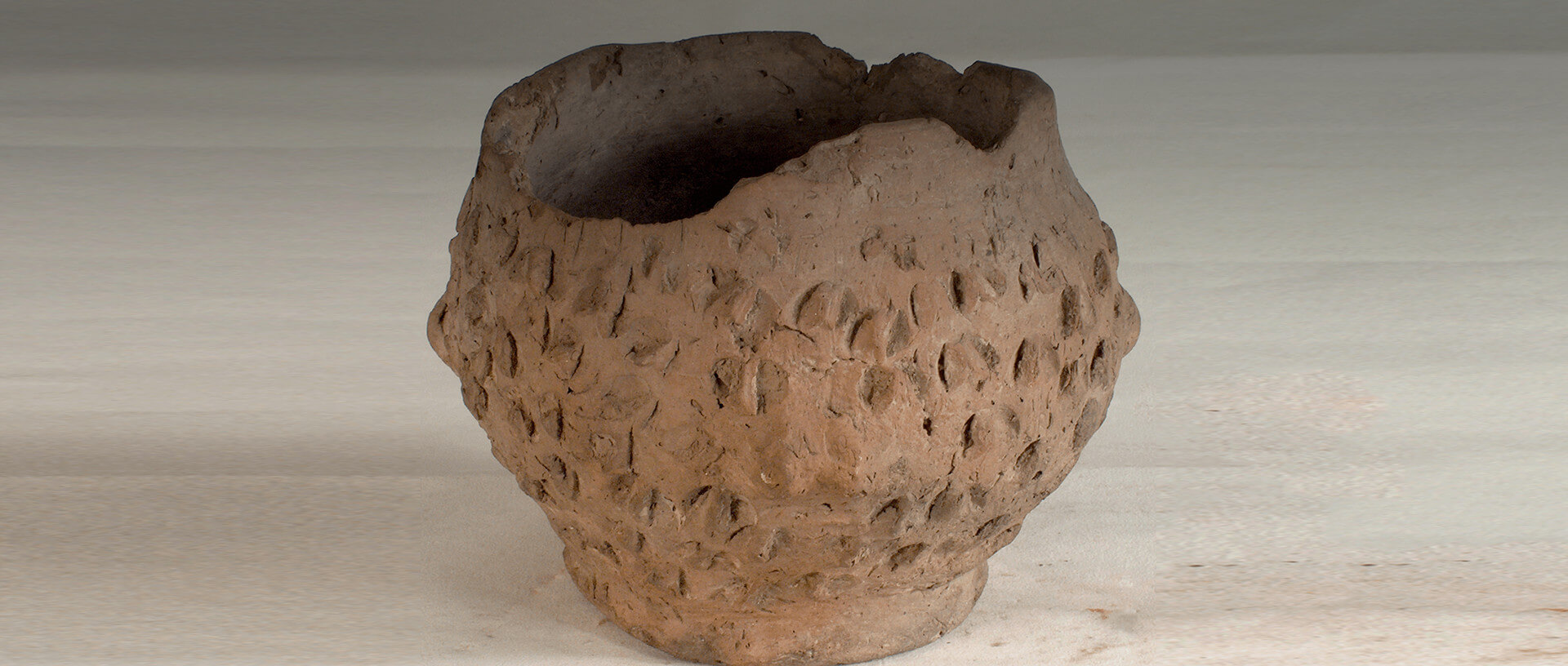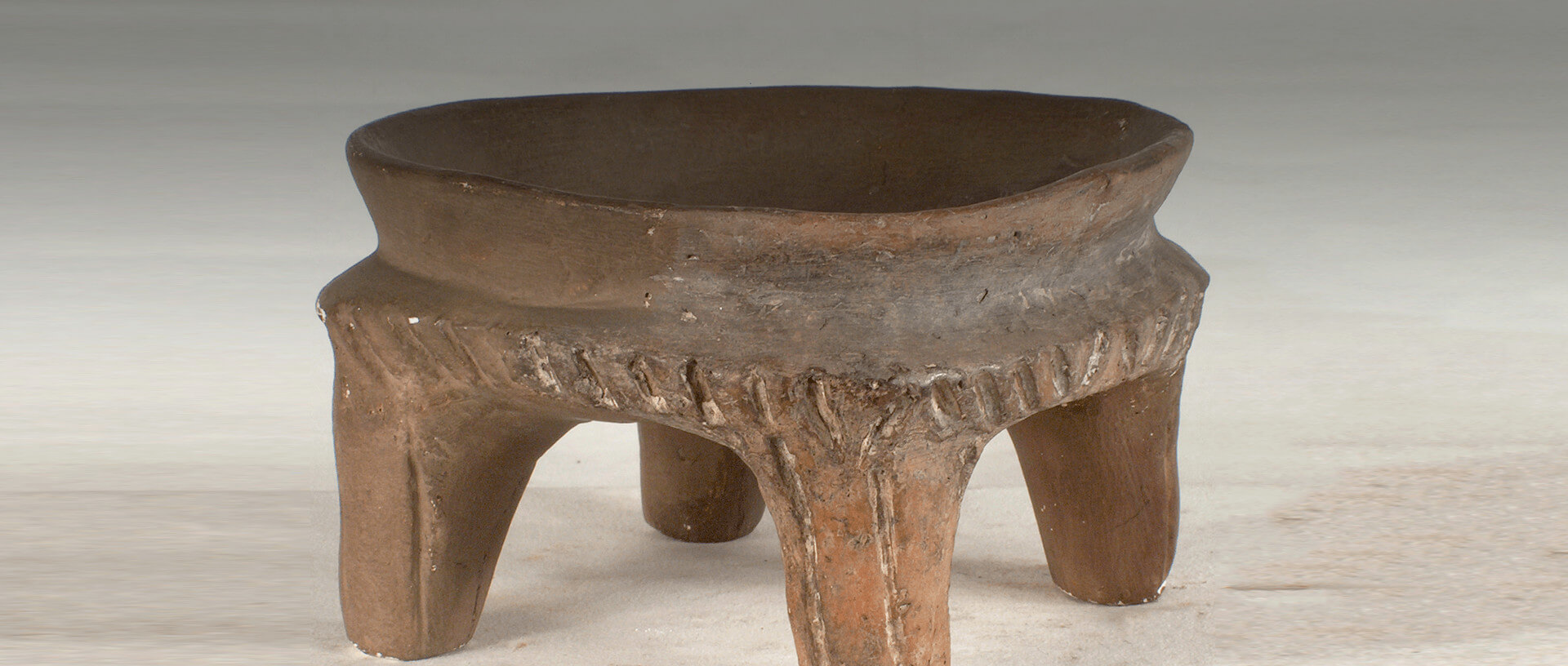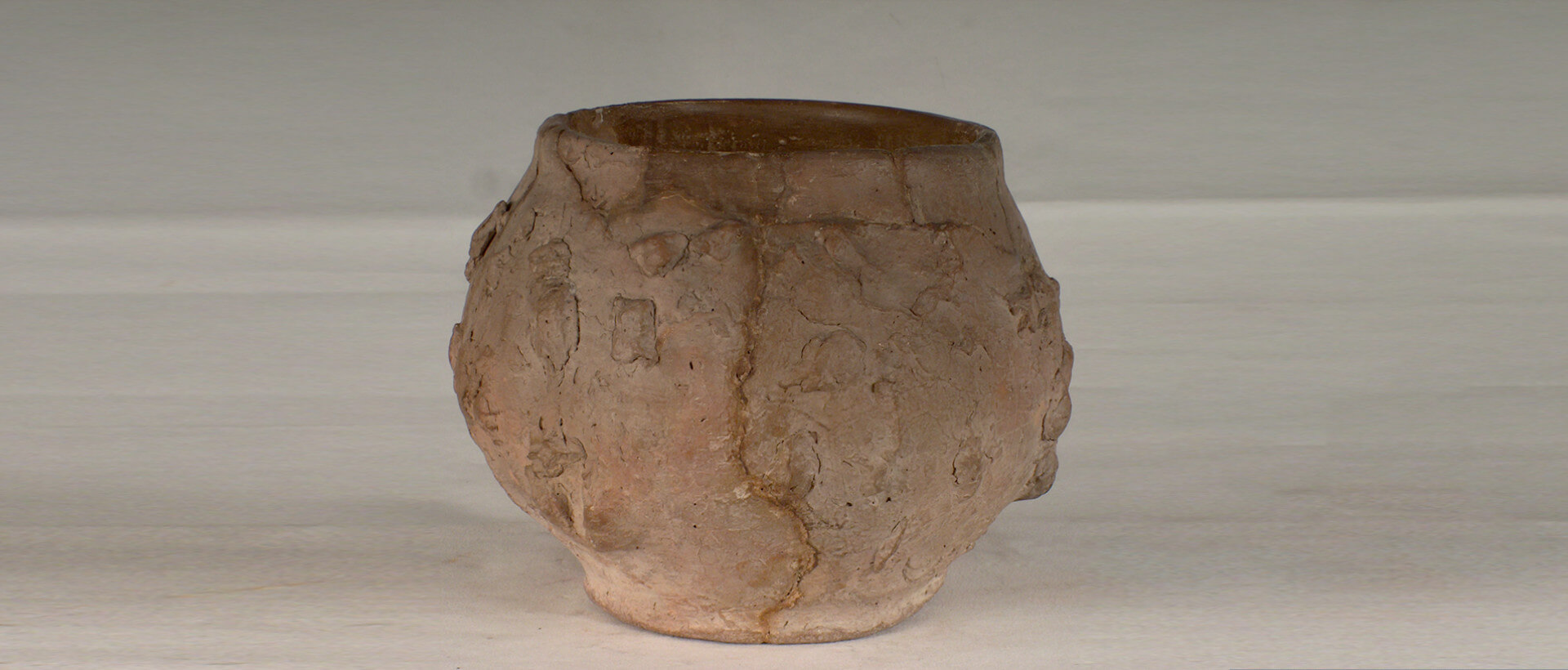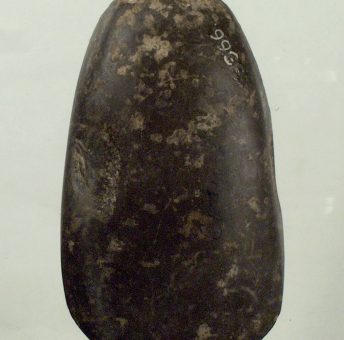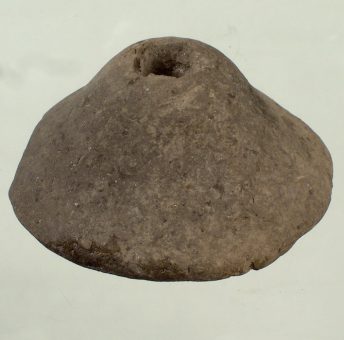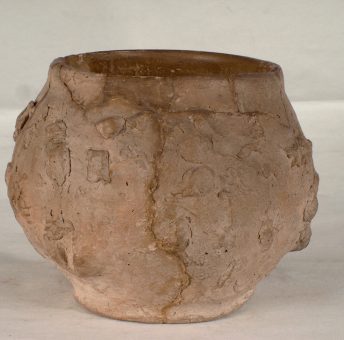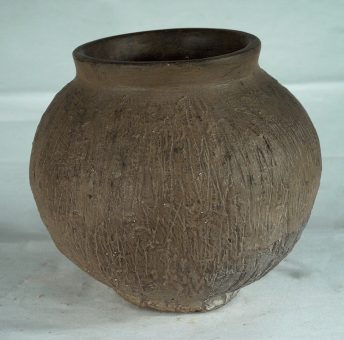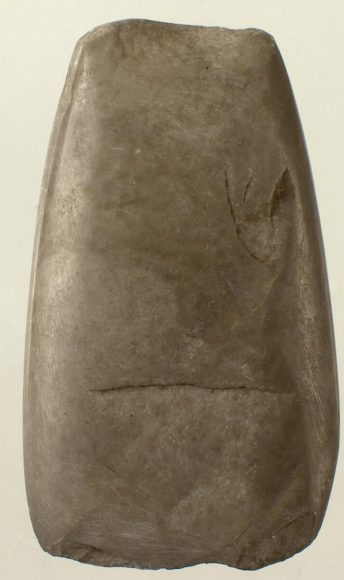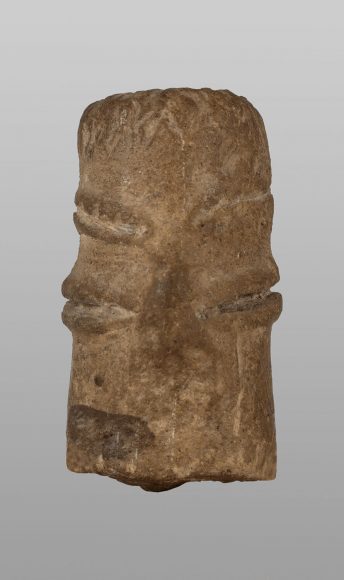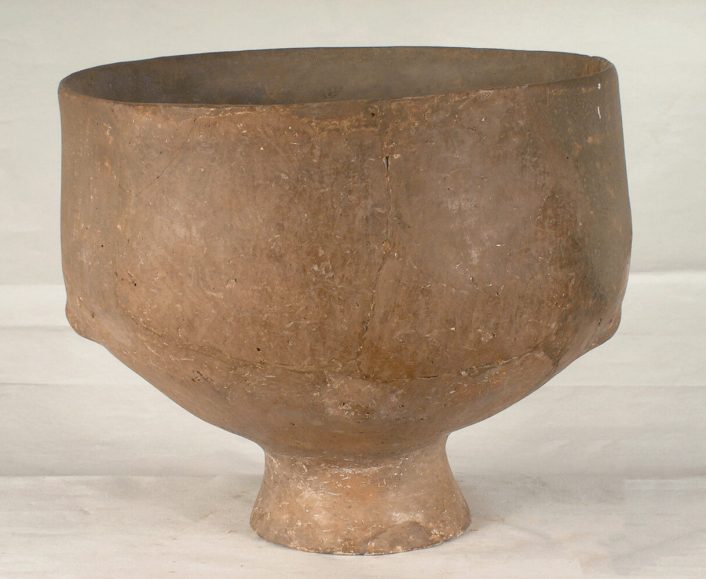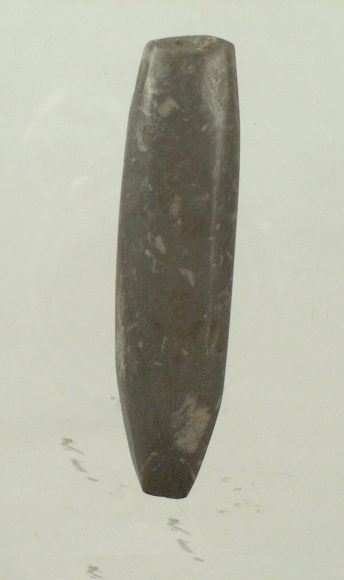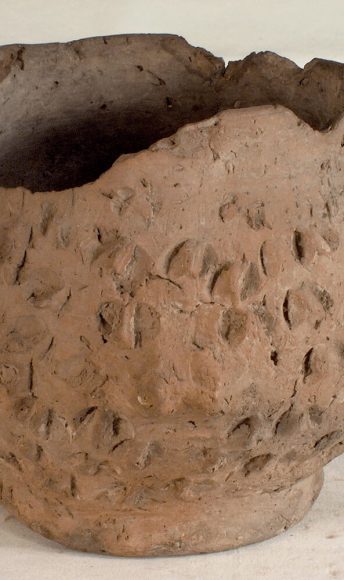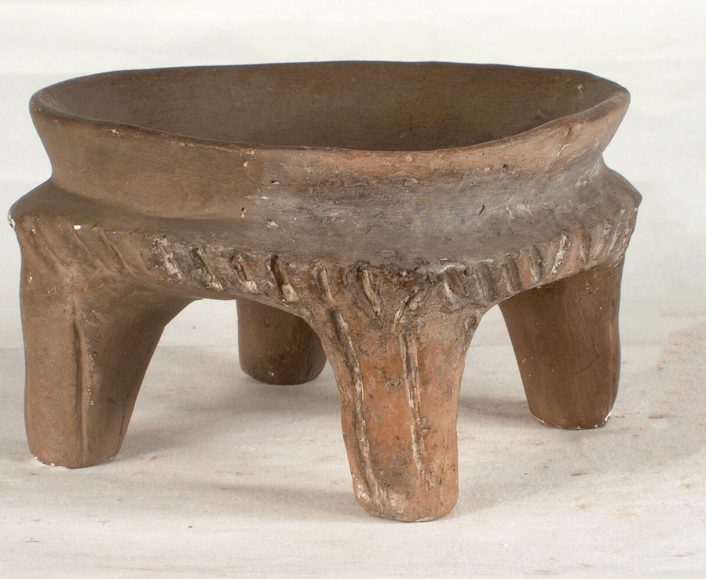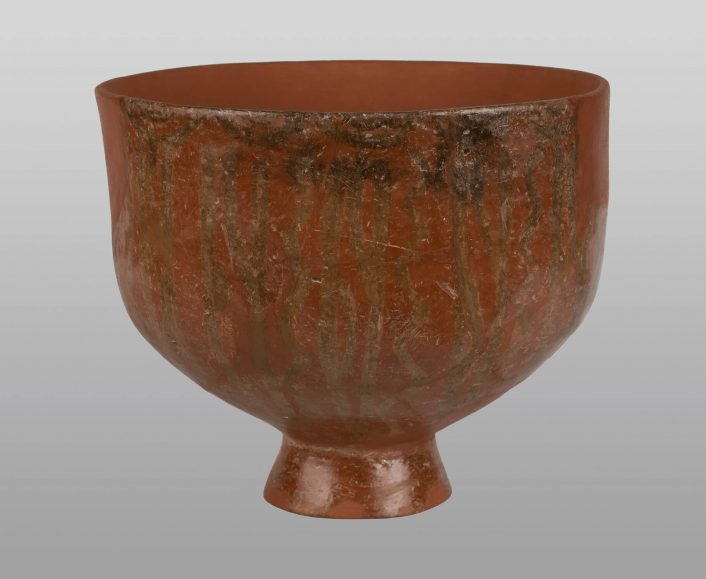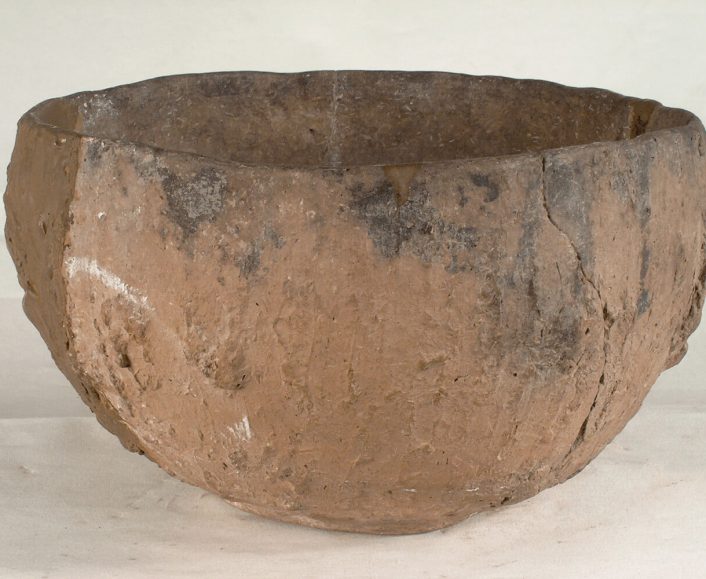Early Neolithic period collection encompasses material remains of Starčevo culture from the period between the end of the 7th to the middle of 6th millennium BC.
Items comprising the collection started arriving to the Museum as early as the beginning of the 20th century. The backbones of the collection are items found during archeological excavations on the sites: Starčevo near Pančevo, Pavlovac (Čukar and Gumnište) near Vranje, Nosa-Biserna Obala near Subotica, Tečić in Šumadija, Ajmana, Mala Vrbica and Aria Babi in The Iron Gates.
The beginning of the Early Neolithic Period brought a large number of innovations. Sedentarism was followed by a transition from hunting and gathering to agriculture and farming. New economic circumstances and sedentary life style caused the appearance of new materials and new types of objects. Clay, a new material, convenient because of its plasticity, found a broad application in the Neolithic Age, but also in later periods.
In the collection, the most numerous are ceramic artefacts, primarily vessels, but also weights, whorls and polishers. Polished stone tools in various shapes, convenient for processing wood and leather, and grinding cereals, also appeared. Next to them, chipped stone tools, tools from bone and horn and jewellery are safeguarded in the collection. We should single out items intended for ritual activities – the altars, figurines, types of stoves, and also very attractive painted vessels of impeccable production.
Curator: Andrej Starović, Senior Curator
Read more

